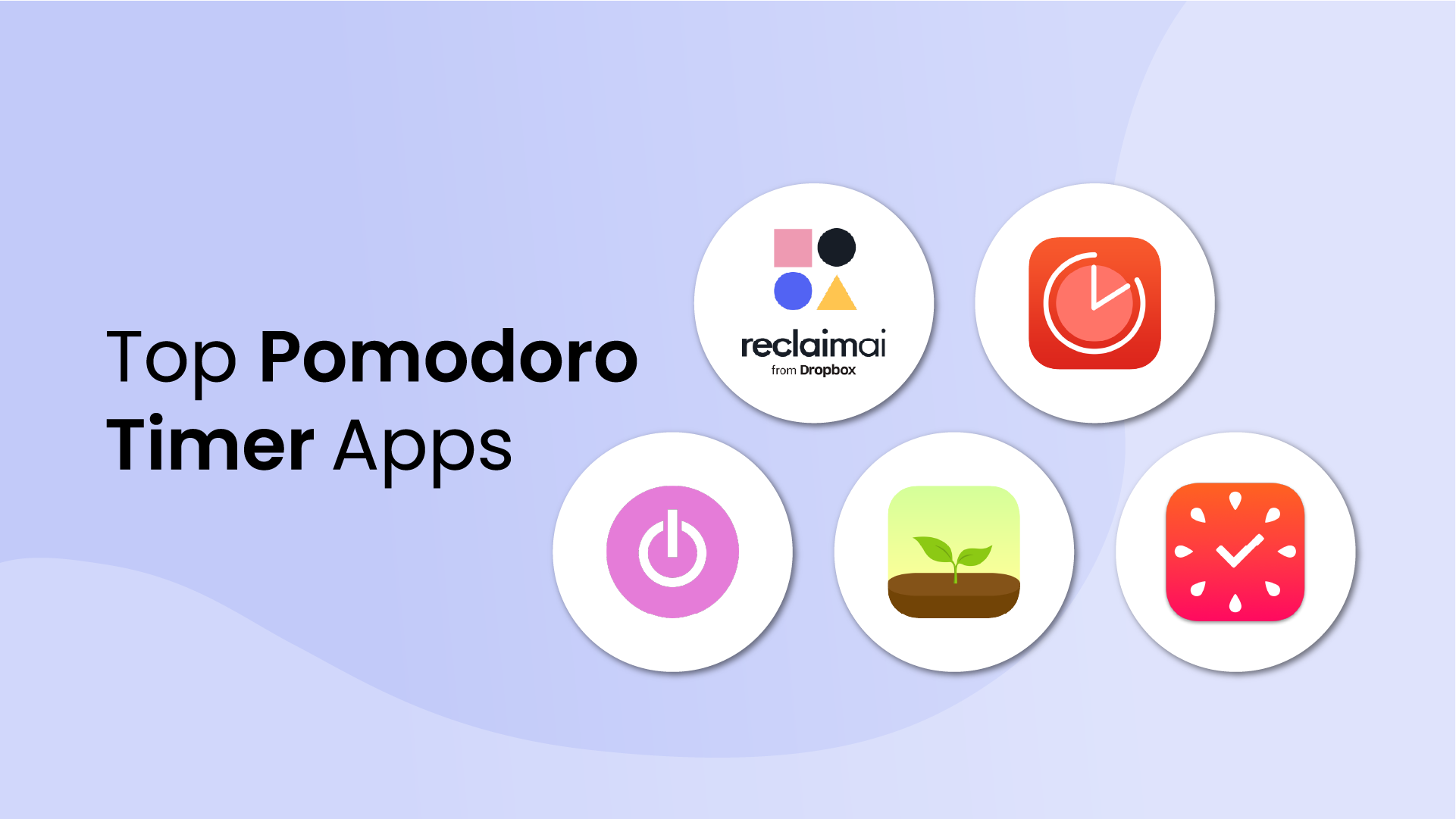A 30-60-90 day plan is a simple, three-phase roadmap for your first three months in a new role. It lays out what you’ll learn, what you’ll deliver, and how you’ll measure progress at each milestone so you can confidently ramp up in your new job.
However, they’re not just meant for hiring managers. Candidates often bring a plan to interviews to show how they’ll create value on day one. New hires use it to structure their onboarding and set goals they can actually hit. Ultimately, it’s a document that outlines a person's first 90-day strategy in a focused way that’s easy to share with stakeholders.
In this guide, you’ll get a ready-to-use template, role-specific examples, and a step-by-step walkthrough so you can build a game plan you’re proud to present and ready to execute.
👉 Want to skip ahead? Jump to the free 30-60-90 day plan template ↓
Understanding the 30-60-90 plan
A 30-60-90 day plan breaks your first three months into three phases so you’re not left scrambling wondering, “What am I supposed to be doing?”
Why it matters
When done right, a 30-60-90 day plan helps you:
- Clarify what really matters
- Focus your efforts (not just busy work)
- Give yourself structure in ambiguity
- Reduce “imposter” syndrome or first-week anxiety
- Build early credibility with your team
- Establish alignment with stakeholders
- Track your real progress and impact
When to use it
In interviews
A crisp, well-thought-out 30-60-90 day plan is a powerful differentiator, especially in this difficult job market. It lets you show, not just tell, how you’ll hit the ground running.
You can walk into that panel and confidently say, “Here’s what I’m doing in months one, two, and three, and how I’ll measure success.”
In a new job
Hiring managers often use 30-60-90 day plans to onboard new employees so they have a clear path forward in their first few weeks/months. Here’s an example of how that looks in practice:
- In month one, your goal might be to “build relationships with 10 key stakeholders, audit existing processes, and review existing metrics.”
- In month two, you begin to “own a small project, propose improvements, and gather feedback.”
- By month three, you aim to “optimize a process, present findings, and set KPIs moving forward.”
Believe it or not, 60% of companies don’t set milestones or realistic goals for new hires, which often leaves new employees navigating in the dark.
On the flip side, organizations with strong onboarding processes can boost retention by over 82% and productivity by 70%+.
For new projects or campaigns
For new projects or campaigns, teams can use the same three-phase arc. Start with setup and learning, move into a pilot or initial run, then scale and optimize, so dependencies surface early and risks don’t sneak up.
About 39% of projects fail due to poor planning, resource misalignment, or lack of defined goals. And in many reports, 44% of projects fail because they lack alignment between project goals and business objectives.
30-60-90 day plan example template
So what does a 30-60-90 day plan actually look like? Every role will, of course, have its own details, but most plans share the same structure: a simple framework that outlines learning, performance improvement, and relationship goals for each phase.
To make this easy, grab our free template (Google Docs, Word, or PDF) below, then fill it in with your own priorities.

30-60-90 Day plan example
- Plan owner: [Your Name]
- Plan dates: [MM/DD/YYYY – MM/DD/YYYY]
- Basic logistics: List access you’ll need (email, calendar, project tools, CRM, analytics platforms).
- People to meet: Manager, team members, cross-functional partners, HR, senior leaders.
Month 1 (Days 1–30)
Priorities: Get up to speed on the company, your team, and your role.
- Learning goals: Aim for a solid understanding of tools, company culture, and strategy. Shadow teammates.
- Performance goals: Audit processes, identify quick wins, and set team goals.
- Relationship goals: Meet stakeholders, build trust with your manager, and establish communication rhythms.
Month 2 (Days 31–60)
Priorities: Put learning into practice and begin contributing.
- Learning goals: Analyze past successes and failures, identify growth opportunities.
- Performance goals: Deliver on a small project, launch improvements, and start tracking KPIs.
- Relationship goals: Strengthen collaboration with your team and provide feedback/coaching where needed.
Month 3 (Days 61–90)
Priorities: Take ownership, set long-term direction, and show measurable impact.
- Learning goals: Take on a stretch project, analyze customer or business data, and spot opportunities.
- Performance goals: Drive strategic planning, create a budget, document best practices.
- Relationship goals: Gather feedback on your leadership style, refine it, and evaluate team performance.
This layout works for managers, ICs, and even in the interview process. It just depends how you fill in the details. Keep each goal clear, measurable, and tied to outcomes that matter.
👉 Want to see how this looks in different roles? Click here to see more examples 👈
How to build a 30-60-90 day plan (step by step)
A template gives you the structure, but how do you actually build a plan that works? Think of it in four steps:

1. Outline your priorities
Start by asking: What do I need to accomplish in my first three months? Your answer might be about revenue, customer experience, or team performance. Ultimately, whatever moves the needle in your role.
- A salesperson might focus on uncovering new opportunities.
- A developer could work on fixing top usability issues.
- A project manager might look to streamline inefficient workflows.
Clear priorities anchor the rest of your plan.
2. Organize your tasks
With priorities in place, list the key tasks that will move you forward. Start with setup tasks (systems, tools, accounts), then layer in bigger initiatives. Map out potential roadblocks, and if you’re unsure where to focus first, frameworks like the Eisenhower Matrix can help you separate “urgent and important” from “nice to have.”
3. Create your timeline
Organize tasks into 30-day chunks: what fits into month one, what can wait until month two, and what needs to show up by month three. Pay attention to dependencies (does task B rely on finishing task A?) and leave room for flexibility. Plans should guide you, not lock you in.
4. Set your goals
Decide how you’ll measure success in each phase. The strongest goals are SMART: Specific, Measurable, Attainable, Relevant, & Time-bound. Think across three categories:
- Learning goals: Build knowledge (e.g., attend three product training sessions).
- Performance goals: Deliver measurable results (e.g., close five new customer accounts in 60 days).
- Relationship goals: Strengthen your network (e.g., build rapport with direct reports through regular 1:1s).
Example 30-60-90 day timeline
Here’s how a simple plan might look in practice. This example is written for a new manager, but you can swap in your own role-specific priorities.
Creating a 30-60-90 day plan for your new hire
As a manager, creating effective 30-60-90 day plans for new employees (or teams) can significantly improve their onboarding process and overall development. However, as you can imagine from the scope of this article so far, developing a 30-60-90 day plan is no simple feat.
But here are some extra guidelines on how to do it:
- Align in week 1 on outcomes and KPIs: Define 3–5 success outcomes for day 90, agree on early wins, and set the metrics you’ll track together.
- Ramp in phases (30/60/90) with expanding ownership: Give space to learn in the first month, then hand off a contained project, then widen scope by day 90.
- Tie skill development to real work: Pair trainings with “proof of skill” tasks (e.g., run one customer call, ship three PRs, lead a retro) and assign a buddy/mentor.
- Set a simple cadence and checkpoints: Weekly 1:1s plus day-30/day-60/day-90 reviews; use these to unblock, recalibrate goals, and celebrate wins.
- Build the support network early: Map key stakeholders, schedule intros by week 2, and make it clear who approves decisions, supplies context, and removes blockers.
5 tips for executing your 30-60-90 day plan
1. Measure progress with the right metrics
A plan only works if you know how you’re doing. Define the key performance indicators or signals that show measurable progress for your role.
For example:
- Sales: deals closed, meetings booked, win rate.
- Marketing: conversion rates, leads, or campaign ROI.
- Project management: on-time delivery, budget adherence, satisfaction scores.
Pick a handful of meaningful metrics and track them consistently.
2. Stay flexible and adjust
Plans are guides, not contracts. Circumstances will change, priorities will shift, and feedback will surface new opportunities. Review your plan regularly and don’t hesitate to refine it. As Eisenhower put it: “Plans are useless, but planning is indispensable.”
3. Share your plan openly
Don’t keep your plan to yourself. Share it with your hiring manager, your team, or even interviewers if that’s the context. Transparency builds alignment and makes it easier to course-correct together. Ask for feedback and check that your goals line up with broader company objectives.
4. Collaborate for bigger wins
Execution is rarely a solo effort. Involve the right people, clarify roles, and lean on your team’s strengths. If you’re managing, set the tone by making collaboration part of how the plan runs. Strong relationships make milestones easier to hit.
5. Build momentum for the future
The best employees don’t stop at day 90. Use your plan as a launchpad for continuous learning and future goal-setting. Reflect on what worked and set new targets. This creates an ongoing cycle of growth rather than a one-off exercise.
3 common mistakes to avoid
So, how can you screw up your 30-60-90-day plan? Here are some of the several common mistakes to avoid:
1. Goals that look great on paper but aren’t measurable or achievable
Ambition is good; missing every target isn’t.
Do this instead: Set 3–5 SMART goals per phase with clear KPIs and weekly checkpoints. Break big outcomes into bite-sized steps so momentum never stalls.
2. Doing a lot without clear priorities or manager alignment
A long to-do list isn’t a plan, and misalignment wastes cycles.
Do this instead: Pick the few priorities that move team or company metrics. Review the short list with your manager in week 1, then do a 15–20 minute weekly check-in to recalibrate.
3. Building the plan before you understand the context
Skipping discovery leads to rework and misfires.
Do this instead: Invest early time in stakeholder interviews, docs, systems, user pain points, and past wins/losses. Let what you learn shape your 30/60/90 targets.
Time management for your 30-60-90 plan
Overwhelmed yet? We wouldn’t blame you. 90 days is a lot of time to forecast your planning around. Especially considering the nerves that inevitably come with starting a new job or project.
Luckily, a few simple habits will keep your plan moving and your time protected.
1. Protect daily focus time
Block uninterrupted focus time windows on your calendar and treat them like meetings with yourself. Mute notifications, close extra tabs, and keep a short “today” list so those blocks translate into real progress.
2. Use time blocking as your default
Plan your day in chunks with time blocking: catch-up, deep work, collaboration, learning. Be realistic about durations and add short breaks so energy stays high. If something slips, drag the block forward rather than dropping it entirely.
3. Run a weekly review & recalibration
Set aside 30 minutes each Friday (or Monday) to check progress against your 30/60/90 goals. Update statuses, reschedule slipped tasks, and adjust next week’s blocks. This quick ritual keeps you on track without micromanaging every hour.
4. Keep meetings tight & purposeful
Give every meeting an owner, goal, and agenda. Cap default durations (e.g., 25 or 50 minutes), batch 1:1s, and protect at least one no-meeting block per week. Add 5–10 minute buffers to reduce context switching.
5. Automate the busywork with Reclaim.ai
If you want your calendar to do more of the heavy lifting, a smart scheduling app like Reclaim.ai can:
- Auto-schedule tasks by priority and deadlines,
- Defend focus time but flex for urgent meetings,
- Set up recurring habits (e.g., weekly review, learning hour),
- Add buffers and breaks automatically,
- Sync calendars and share availability cleanly,
- Track where time actually goes.
Role-based 30-60-90 day plan examples
Every role has different success metrics and expectations, but the general structure stays the same. Here are a few quick examples you can adapt:
Sales Representative
- Days 1–30 (Learn): Ramp on products, key accounts, shadow sales calls, build pipeline list.
- Days 31–60 (Apply): Own discovery calls, log activity in CRM, hit activity targets.
- Days 61–90 (Lead): Manage full sales cycle, close first deals, forecast pipeline.
Product Manager
- Days 1–30 (Learn): Review roadmap, meet customers, audit backlog.
- Days 31–60 (Apply): Write first spec, run discovery sessions, partner with design/engineering.
- Days 61–90 (Lead): Present roadmap updates, launch feature iteration, define KPIs.
Software Engineer
- Days 1–30 (Learn): Get environment set up, shadow code reviews, fix small bugs.
- Days 31–60 (Apply): Pick up tickets independently, contribute to feature branch, join on-call rotation.
- Days 61–90 (Lead): Own a small feature end-to-end, improve test coverage, propose refactor.
Customer Success Manager
- Days 1–30 (Learn): Train on product, shadow onboarding calls, review churn reasons.
- Days 31–60 (Apply): Own a customer segment, run QBRs, respond to tickets.
- Days 61–90 (Lead): Proactively manage renewals, launch customer health dashboard, present retention insights.
HR / People Ops
- Days 1–30 (Learn): Review policies, shadow interviews, learn HRIS system.
- Days 31–60 (Apply): Own a piece of recruiting, run onboarding sessions, gather feedback on current processes.
- Days 61–90 (Lead): Launch a process improvement (e.g., ATS workflow), publish metrics, propose next-quarter priorities.
New Manager
- Days 1–30 (Learn): Meet direct reports 1:1, learn team goals, observe dynamics.
- Days 31–60 (Apply): Set team OKRs, run retros, introduce feedback cadences.
- Days 61–90 (Lead): Present team strategy, coach direct reports, track KPIs.
Maximize your 30-60-90-day plan 💥
Planning out your goals with a 30-60-90 day plan can be a game-changer for your first few weeks. It helps you break down bigger objectives into smaller, more doable tasks, which boosts your productivity and keeps you on track. So whether you're starting a new gig or looking for ways to up your game at work, creating a 30-60-90 day plan is always a prudent move.
And with Reclaim.ai's smart scheduling features, you can make this process much smoother. The tool automatically prioritizes your tasks, habits, meetings, and breaks while scheduling them efficiently, so you can focus on what really matters: reaching your goals.

































